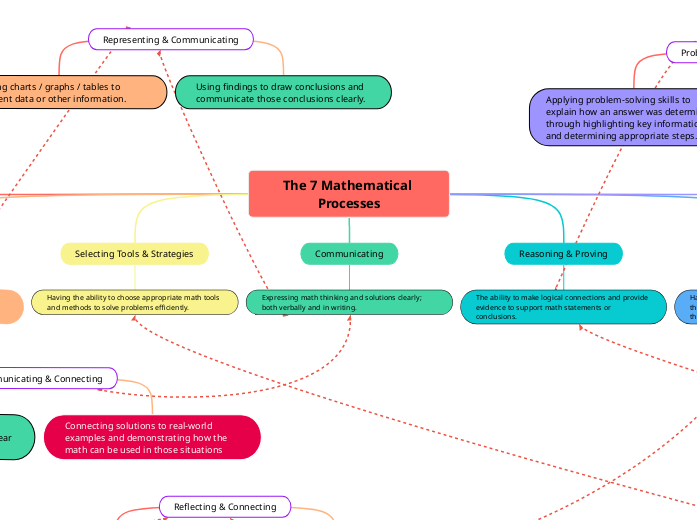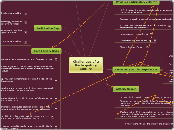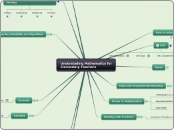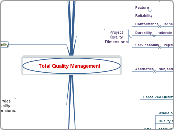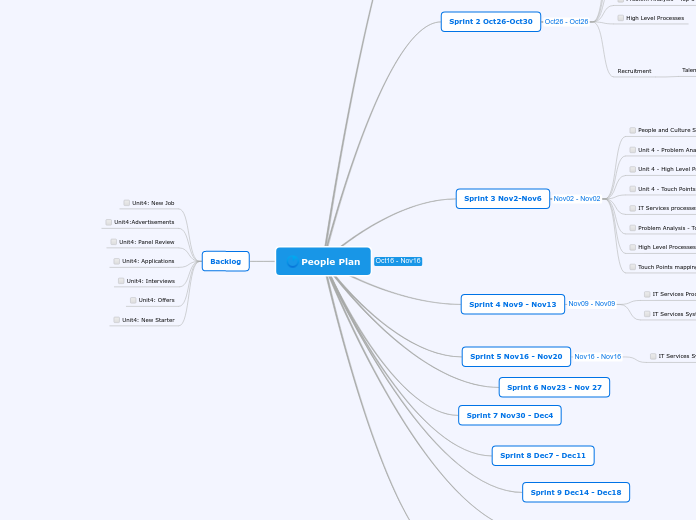por Jared Kirsh hace 7 meses
122
The 7 Mathematical Processes
Understanding the importance of diverse mathematical representations is crucial. Using graphs, tables, diagrams, and equations helps convey mathematical concepts and relationships more effectively.
